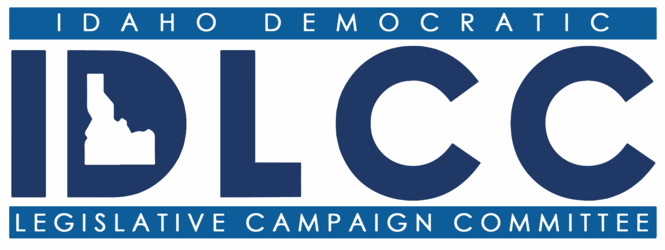At the drop of a hat, Idaho students and teachers have had to completely change their education plans for the school year. They are creating lessons in the virtual world while they are burdened by one of our state’s biggest problems: bad internet. Now, more than ever, Idahoans need reliable broadband.
Last year, the Governor’s Broadband Task Force found that North Central Idaho has the least access to functional broadband in the state. Since schools have closed due to coronavirus, North Idaho school districts are experiencing the consequences Idaho’s lack of investment in broadband infrastructure.
In legislative District 5, where I serve, school districts are getting creative to overcome broadband limitations. The Moscow School District is providing instruction online for middle and high school students but about 20% of students don’t have strong enough wifi or can’t afford the internet access needed for classes at home. To make online learning available to all students, Moscow School District has turned school parking lots into wifi hot spots and is providing wireless hot spots to some students. In the Potlatch School District, they have distributed 300 laptops and Chromebooks, but 20% of kids don’t have internet access. Potlatch is also creating wifi hot spots for some families.
In mountainous Benewah County, St. Maries School District has a harder job. Cell service is spotty and line-of-sight internet connections are hard to come by. More than 70% of St. Maries students and teachers do not have access to reliable internet. The school district found they must send home weekly packets because they cannot do online instruction. St. Maries teachers work in their classrooms daily because neither they nor their students have reliable internet for online teaching. Instead, the teachers spend their time creating the paper worksheets for families to pick up.
St. Maries students only get packets, while other schools teach online. Does that live up to Idaho’s constitutional requirement of a general, uniform, and thorough system of public, free common schools? Idaho needs more investment in broadband infrastructure, but we aren’t going to be able to fix this in the midst of a crisis. I wish we had been investing in broadband infrastructure instead of cutting taxes significantly when times were good.
Our limited, unreliable broadband is often overtaxed. Internet that was already struggling to serve our communities is now unable to keep up with the unprecedented demand from educators, people working from home, families ordering groceries online, and nearly every other Idahoan using the web to stay connected. Even the time to clear a credit card payment at a grocery store has increased.
One other concerning impact I have seen is on telehealth. In rural counties with aging populations and few medical providers, we urgently need access to reliable telehealth. We did pass a bill to allow voice only (phone) telehealth this year but a phone call only goes so far. Mental health, substance abuse treatment, and many other conditions need the medical provider to see you but, unfortunately, it’s not possible in many parts of rural Idaho.
Idaho teachers have gone the extra mile to guarantee their students can continue to meet their education milestones. Health providers are ready to provide care. People are willing to work at home if that is what needed to cut off COVID transmission. Unfortunately, unreliable broadband in many parts of Idaho is limiting what people can do. The coronavirus pandemic has made it more obvious than ever that reliable internet access is a public utility that all Idahoans need.


Recent Comments